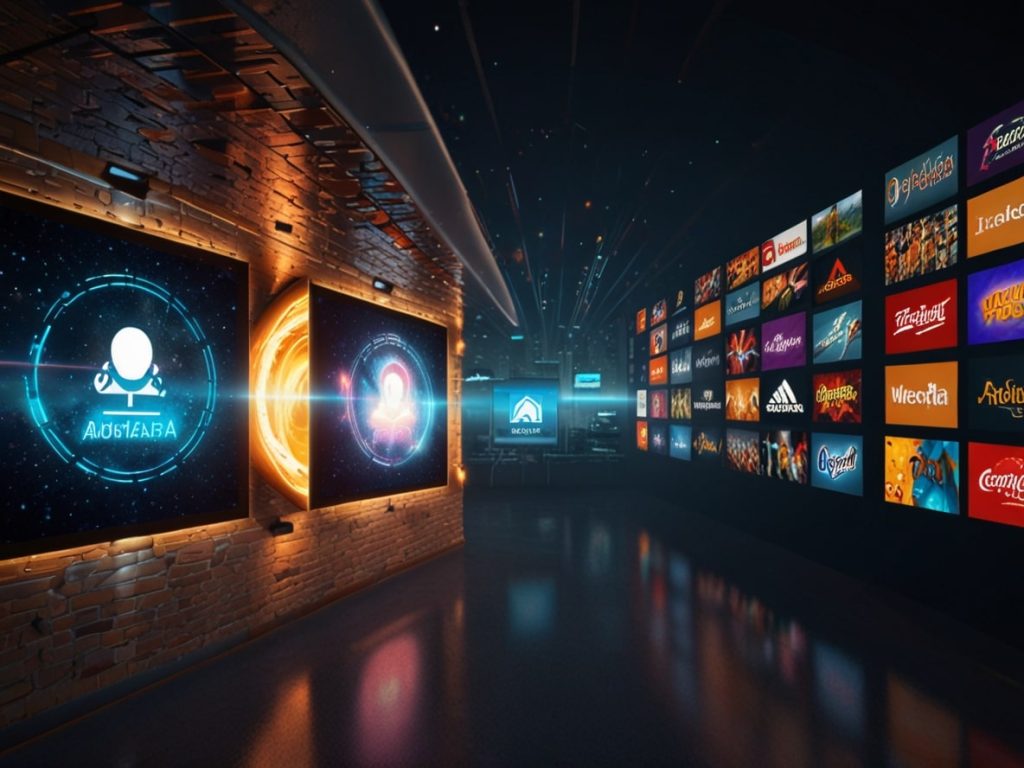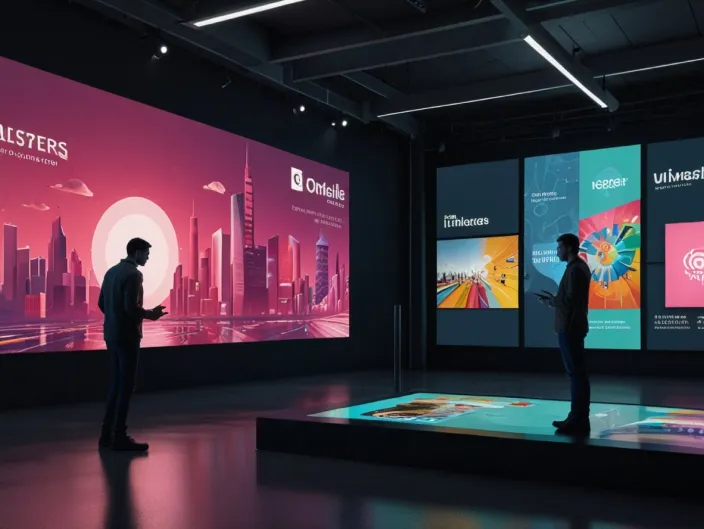- Introduction
- Examining the Concept of Advertising
- Positive Impacts of the Metaverse on Advertising
- Interactive and Engaging Experiences
- More Accurate Targeting
- New Opportunities for Native Advertising
- Development of Innovative Advertising Content
- A New Advertising Economy
- Opportunities for Partnership and Collaboration
- Challenges Ahead
- Conclusion
Introduction
The metaverse, as a multi-dimensional virtual world, offers new prospects for advertising and marketing, allowing users to interact in a digital realm. The metaverse is not just a space for entertainment and gaming; it is rapidly becoming a powerful commercial and advertising platform. This article explores the impact of the metaverse on advertising, looking at both the opportunities and the challenges ahead.
Examining the Concept of Advertising
Advertising is the process by which companies and organizations use various media and tools to introduce and promote their products, services, or ideas to audiences. The main goal of advertising is to increase awareness, attract new customers, and strengthen the loyalty of existing ones. Advertising can take many forms, including television, radio, print, digital, and environmental. Additionally, advertising plays a crucial role in creating a positive brand image and differentiating it from competitors. Overall, advertising, as a powerful marketing tool, helps businesses effectively communicate their messages to target audiences.

Positive Impacts of the Metaverse on Advertising
- Interactive and Engaging Experiences
One of the biggest advantages of the metaverse in advertising is the ability to create interactive and engaging experiences for users. Unlike traditional advertising, which is often one-sided, the metaverse allows brands to interact with their audiences in a much more realistic and engaging way. Users can view and try products virtually, participate in virtual events, and even have live conversations with brand representatives. This type of interaction not only increases brand awareness but can also significantly boost the conversion rate from viewer to buyer.
- More Accurate Targeting
The metaverse allows advertisers to target more precisely using detailed and comprehensive data. By collecting users’ behavioral data in virtual environments, brands can customize their advertisements to meet the specific needs and interests of each user. This more precise targeting not only increases advertising efficiency but also provides a better user experience for audiences.

- New Opportunities for Native Advertising
In the metaverse, native advertising takes on a new level. Brands can embed their ads naturally within virtual environments. For example, a brand can place its products in virtual stores or display its logo at virtual events. This type of advertising appears less intrusive and is more likely to attract users’ attention.
- Development of Innovative Advertising Content
The metaverse provides a space for brands to create innovative and creative advertising content. From animations and 360-degree videos to interactive virtual reality experiences, the metaverse allows brands to tell their stories in a highly engaging and diverse way. These compelling and creative content types can have a profound impact on audiences and help build stronger emotional connections with the brand.
- A New Advertising Economy
The metaverse can lead to the creation of a new advertising economy. By entering this digital space, brands can use new methods to generate revenue. For example, selling virtual products and services, collaborating with virtual influencers, and hosting large-scale advertising events in the metaverse are some of the ways brands can increase their revenues. Additionally, brands can use cryptocurrencies and non-fungible tokens (NFTs) for advertising and sales, which can add value and attract more audiences.
- Opportunities for Partnership and Collaboration
The metaverse allows brands to collaborate with each other, as well as with startups and innovators. This open and interactive space can foster strategic partnerships and innovative collaborations. For example, brands can create interactive virtual reality experiences by collaborating with technology companies or produce unique content by working with digital artists. Such collaborations can enhance the brand’s market position and boost innovation.

Challenges Ahead
Despite all the opportunities, advertising in the metaverse comes with challenges. One of the most significant challenges is privacy and data security. Collecting and using users’ behavioral data in the metaverse requires strict compliance with privacy laws and regulations. Additionally, advertisers need to balance user experience with advertising to ensure that users’ experiences are not overly impacted by excessive advertising.
Conclusion
As a multi-dimensional digital space, the metaverse offers unparalleled opportunities for advertising and marketing. From interactive and engaging experiences to more precise targeting and innovative content creation, brands can use this new space to improve their advertising strategies. However, to fully capitalize on these opportunities, advertisers must also address the existing challenges and find appropriate solutions to overcome them. The metaverse is not only a new frontier for advertising but also has the potential to create a new advertising economy and enhance collaboration and innovation.
Table of Contents
Toggle


One Response